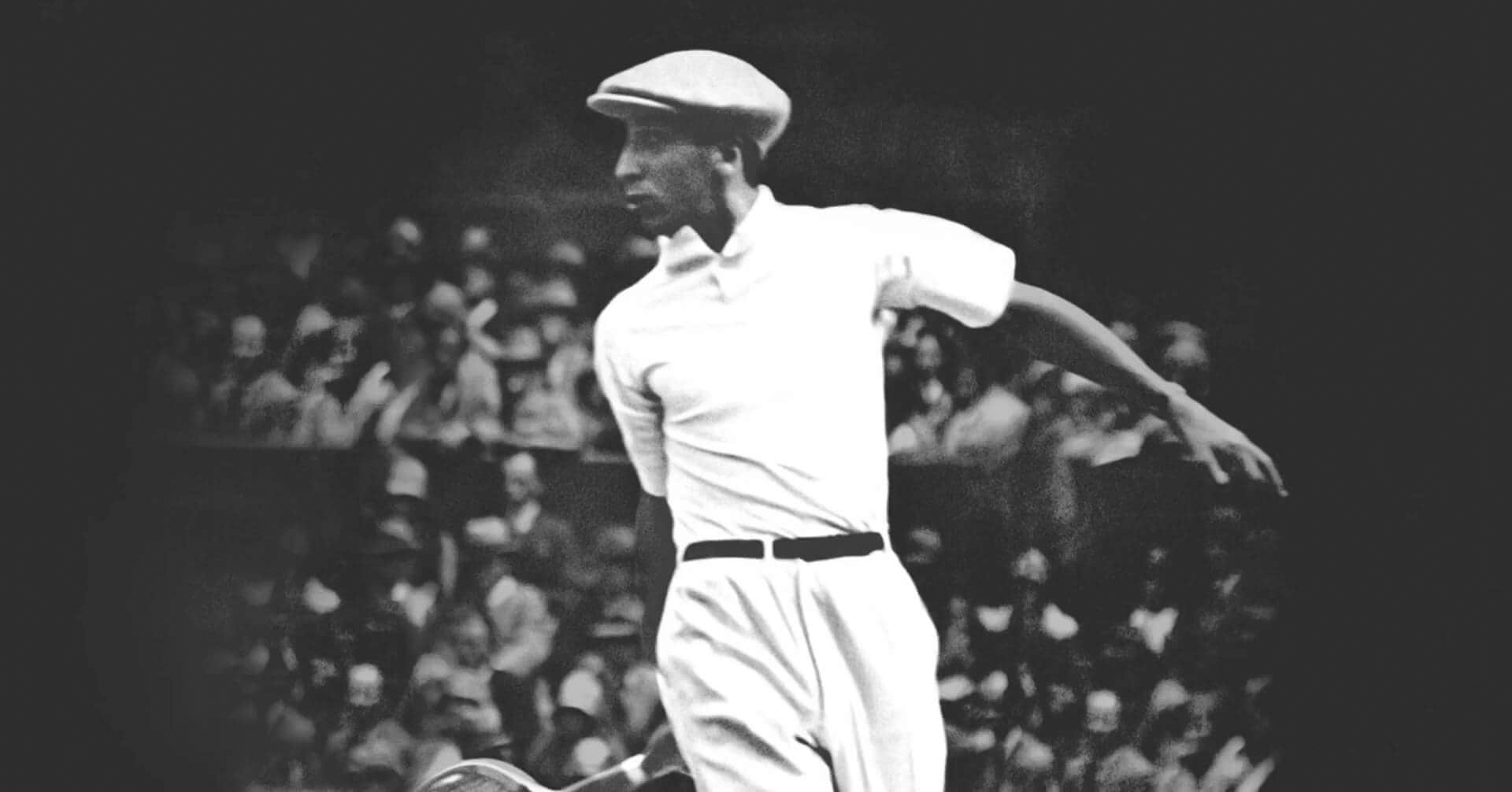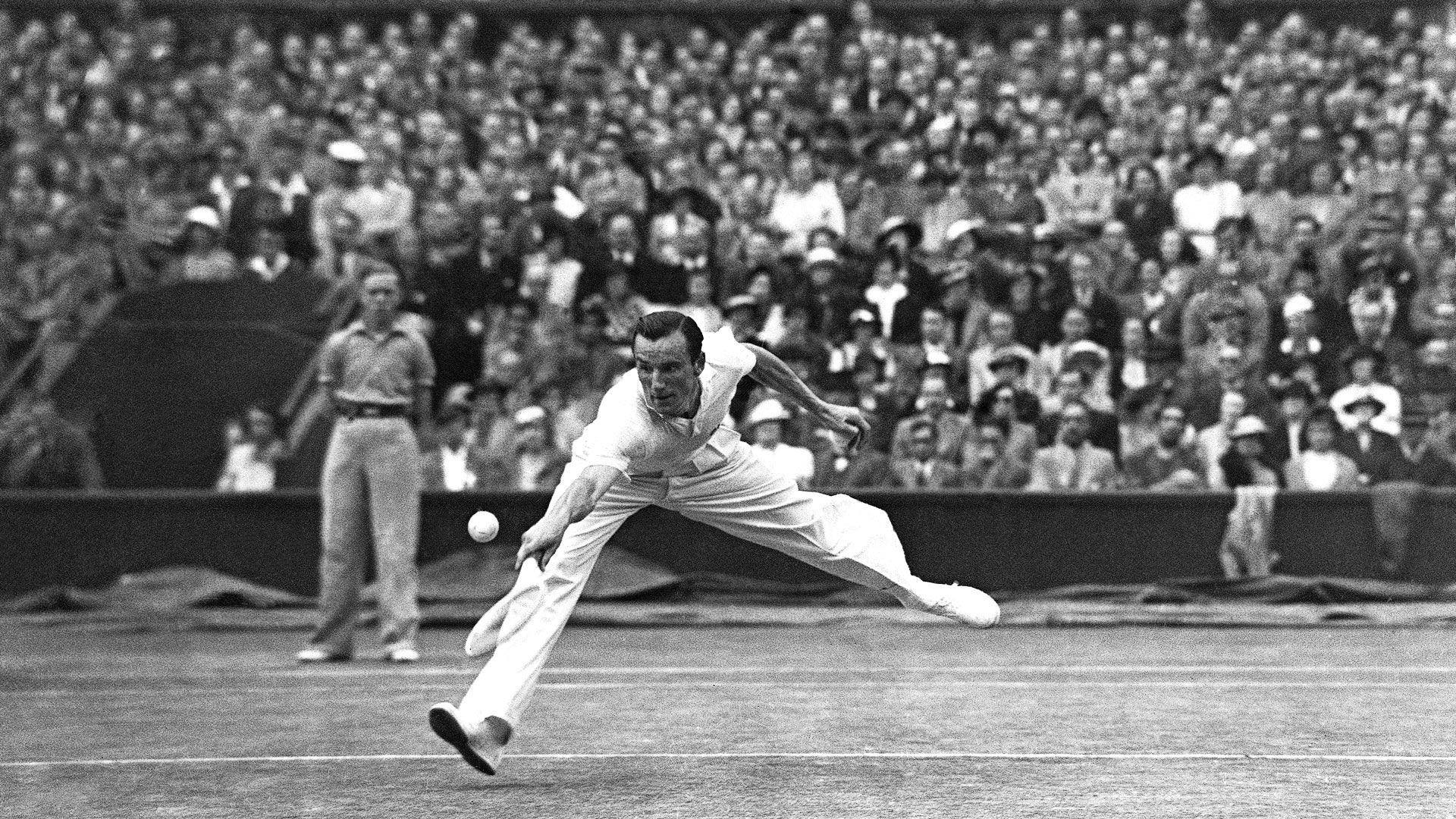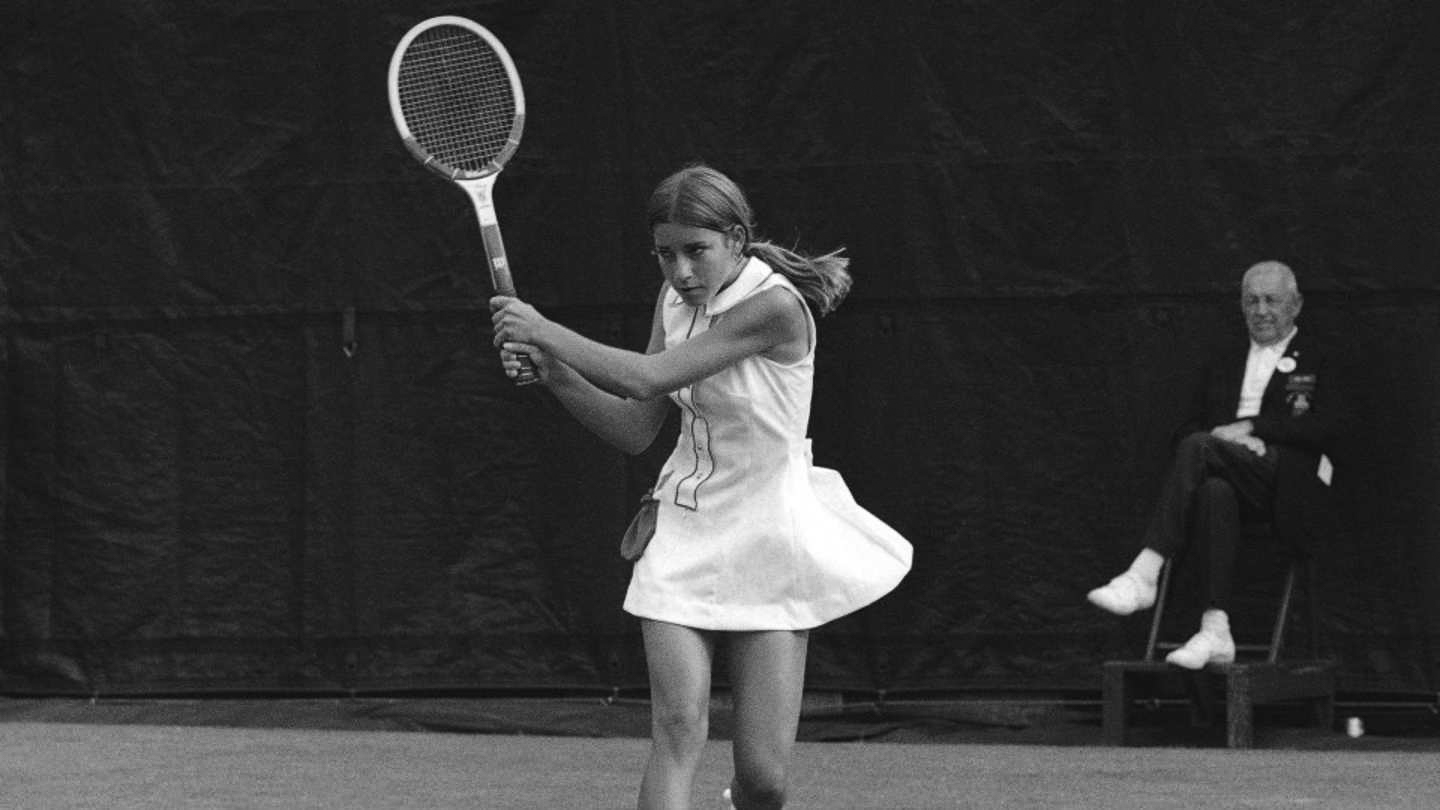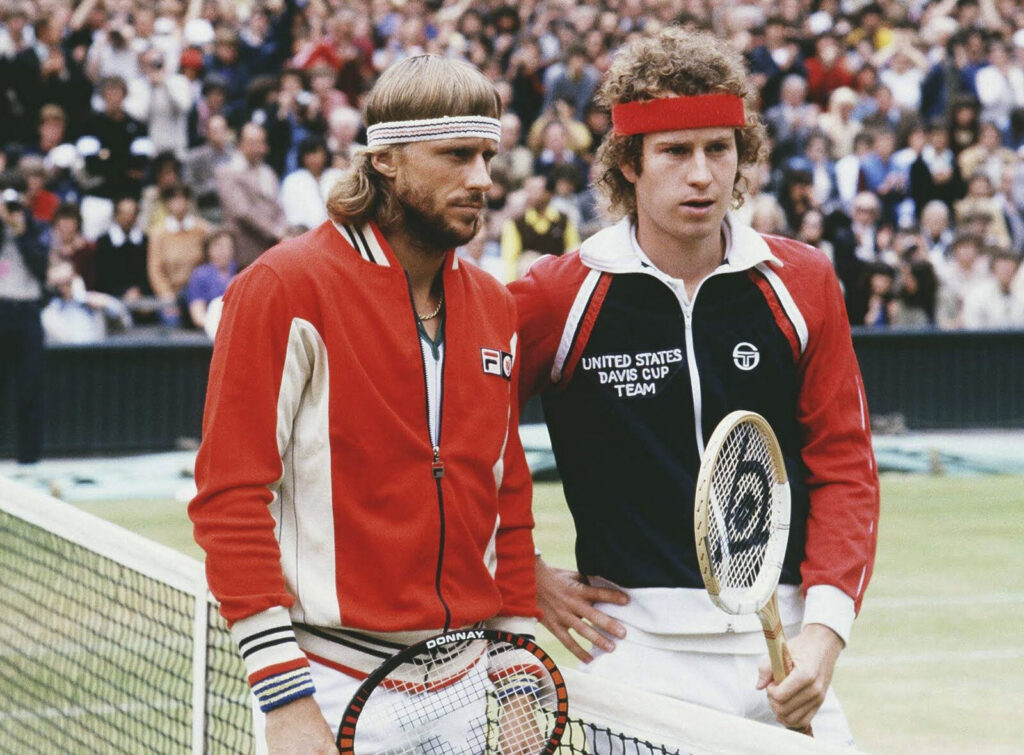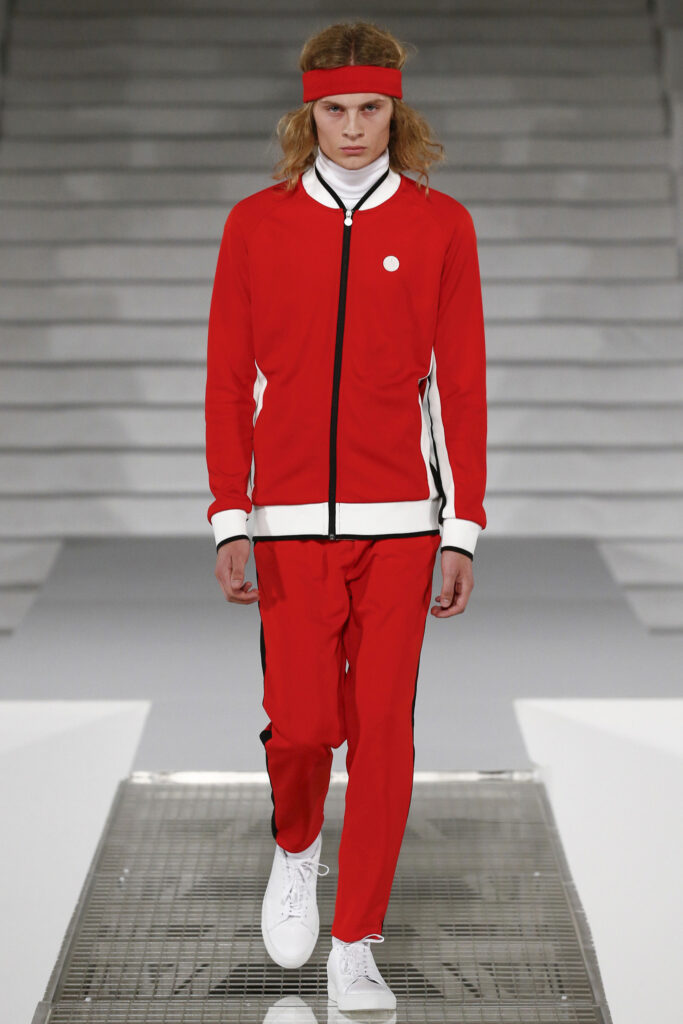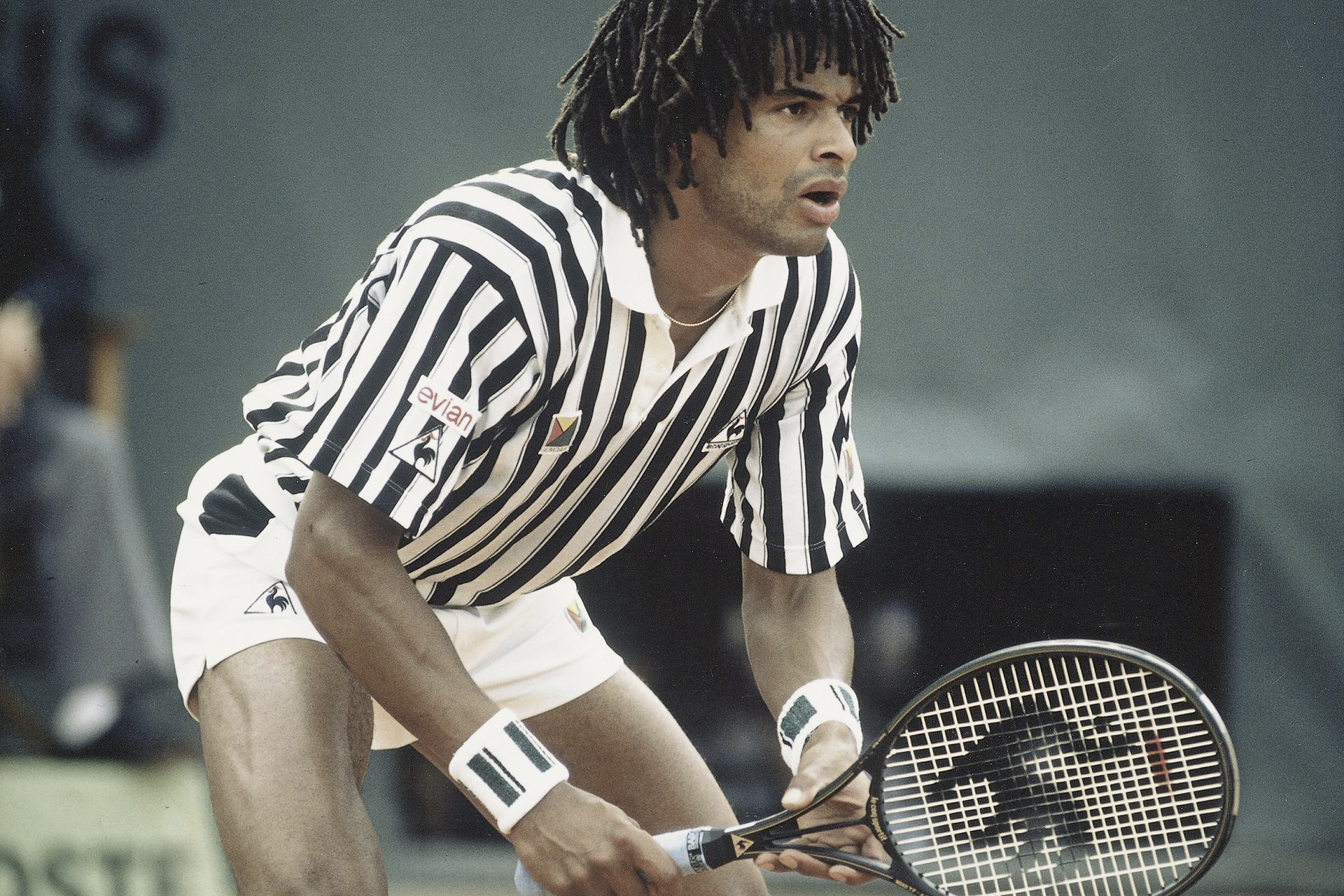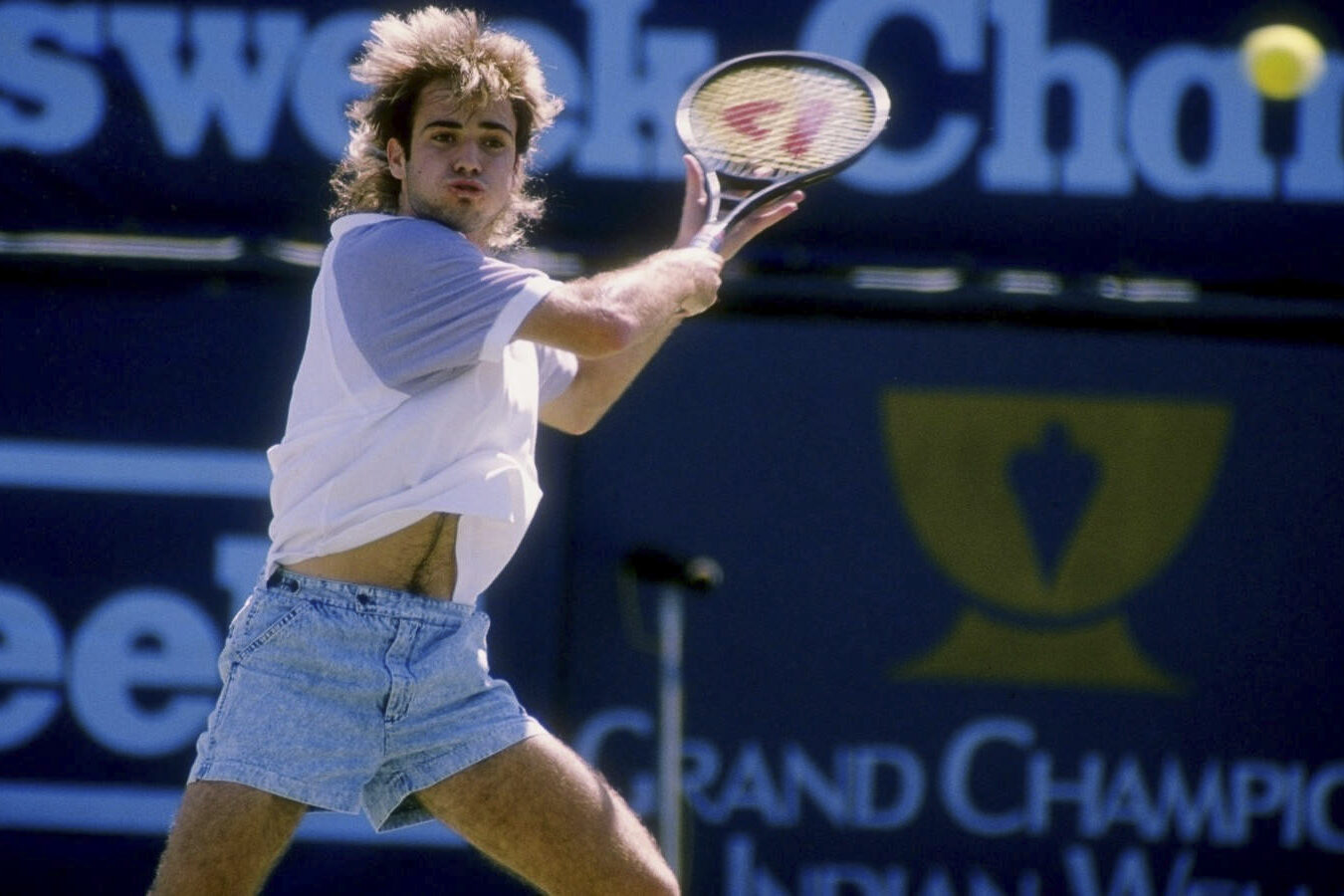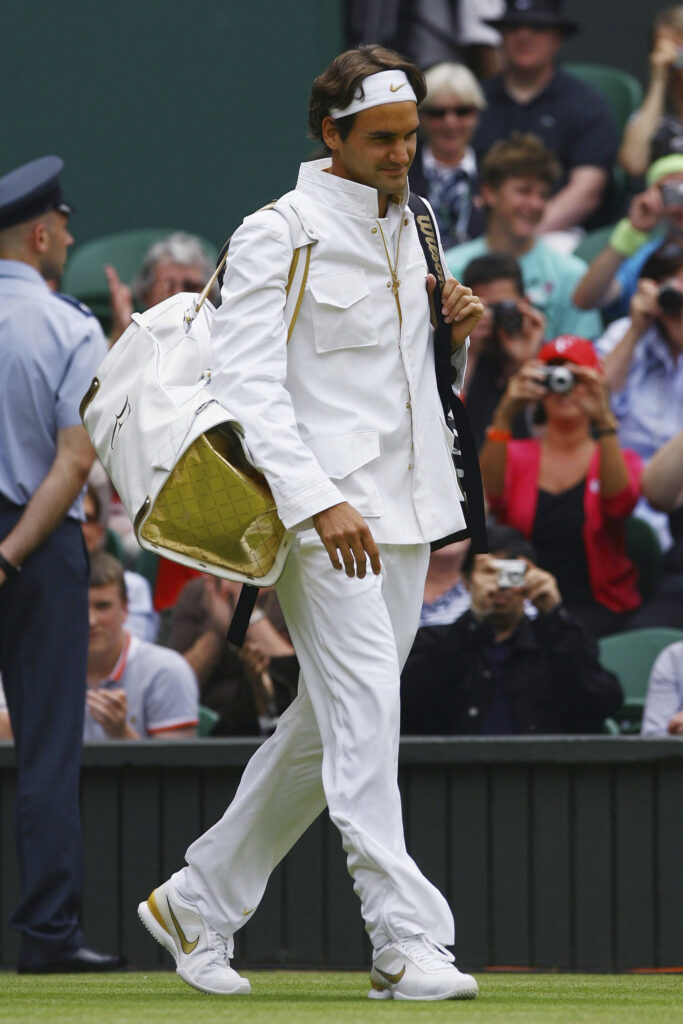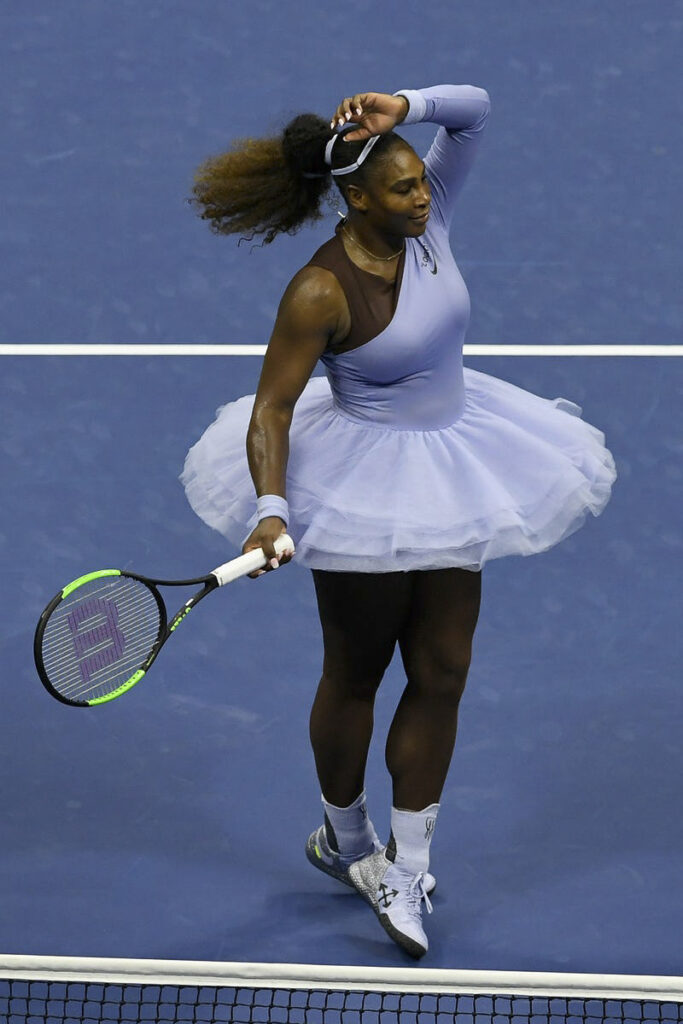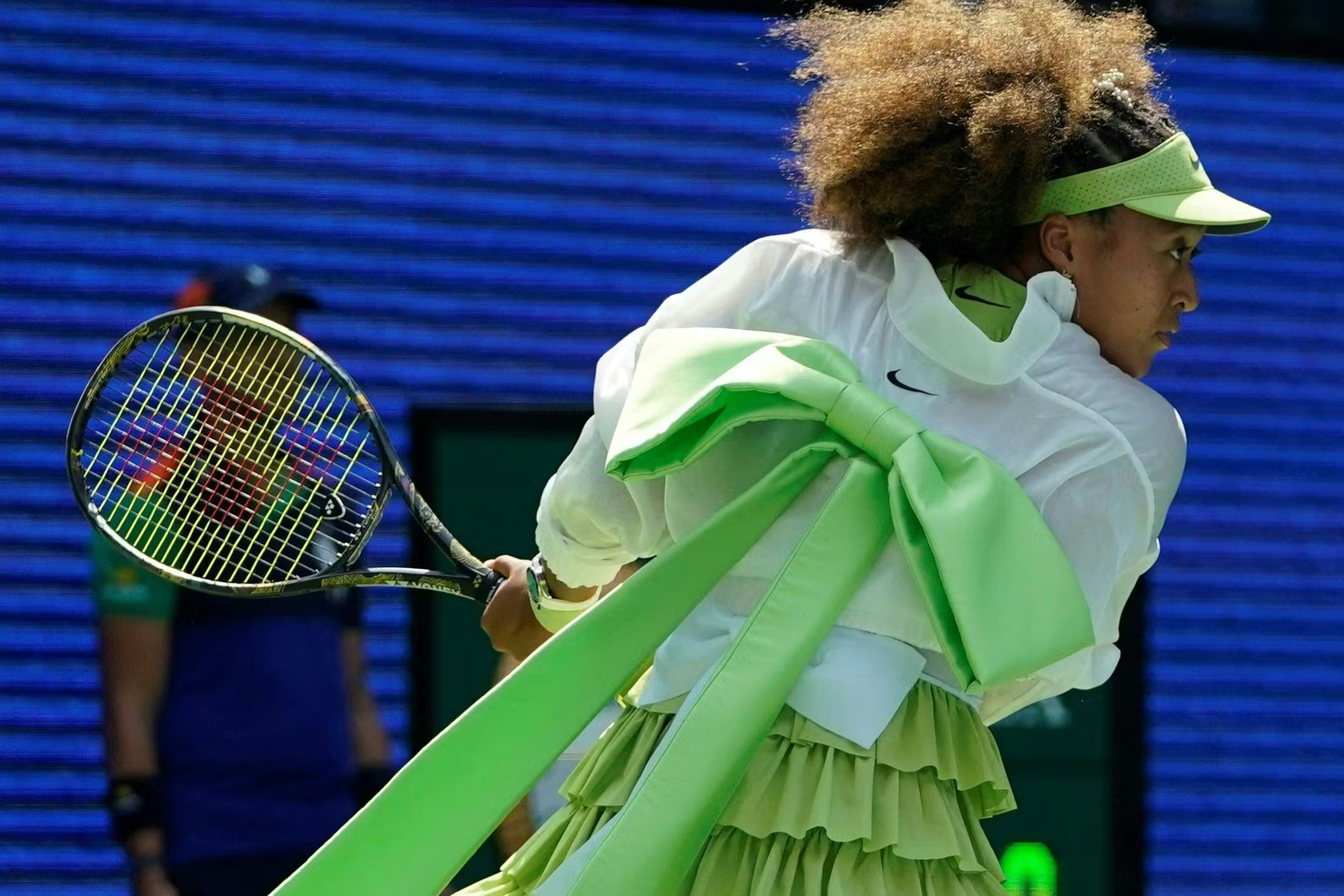Tennis has always been more than a sport; it is a lesson in style, a study in movement, and an ongoing dialogue between tradition and modernity. Unlike other athletic disciplines, where function often dictates form, tennis has always played with a different set of rules—where elegance is as much a requirement as agility, and where clothing is not just a uniform, but a statement.
This isn’t about nostalgia for crisp Wimbledon whites or the rebel streak of ’80s-era icons. Tennis fashion is an evolving language—one that has shaped, and been shaped by, the cultural landscape around it. The sport has always carried an air of exclusivity, its style cues drawn from aristocratic leisure before breaking free into something more dynamic, more democratic, more subversive.
The pivotal shift came when René Lacoste—effortlessly debonair, relentlessly practical—reinvented tennis dressing with a single garment: the polo shirt. A rejection of the stiff, buttoned-up formality of early 20th-century menswear, it introduced a new silhouette—relaxed, breathable, quietly refined. It was the first in a long line of moments where tennis would set the tone for fashion beyond the court, a blueprint for the effortless elegance that remains its signature.
Fred Perry followed a similar trajectory, crafting a sleek, sharply tailored polo that became as synonymous with subculture as it was with sport. By the 1960s, his laurel-wreath insignia was no longer confined to the tennis elite—it had been adopted by Mods, musicians, and British youth movements. Perry’s influence extended far beyond the court, culminating in one of the most unexpected yet fitting collaborations in 2010: a partnership with Amy Winehouse, whose own style—both rebellious and nostalgic—mirrored the duality of the brand. It was a testament to how tennis fashion had evolved—not just as sportswear, but as a cultural uniform, shifting fluidly across generations and identities.
Tennis style has always thrived on contrast. The sharp minimalism of Wimbledon’s all-white tradition sits in tension with the sport’s more rebellious moments—the riot of color and branding in the 1970s, the sleek, logo-driven athleticism of the 1990s, the streetwear-infused collaborations of today. Björn Borg’s Fila track tops, Agassi’s denim shorts, Serena’s sculptural, performance-driven ensembles—each era has pushed against the last, proving that in tennis, as in fashion, reinvention is the only constant.
What keeps tennis style relevant isn’t just the garments—it’s the attitude. The sport has always been a balancing act between discipline and individuality, elegance and edge. That tension is what makes it so ripe for reinvention, from the tailored codes of country-club prep to the deconstructed vision of contemporary designers.
Its legacy isn’t just in the clothes, but in the way it continues to shape our understanding of style itself: poised yet unpredictable, refined yet rebellious, forever in motion.
